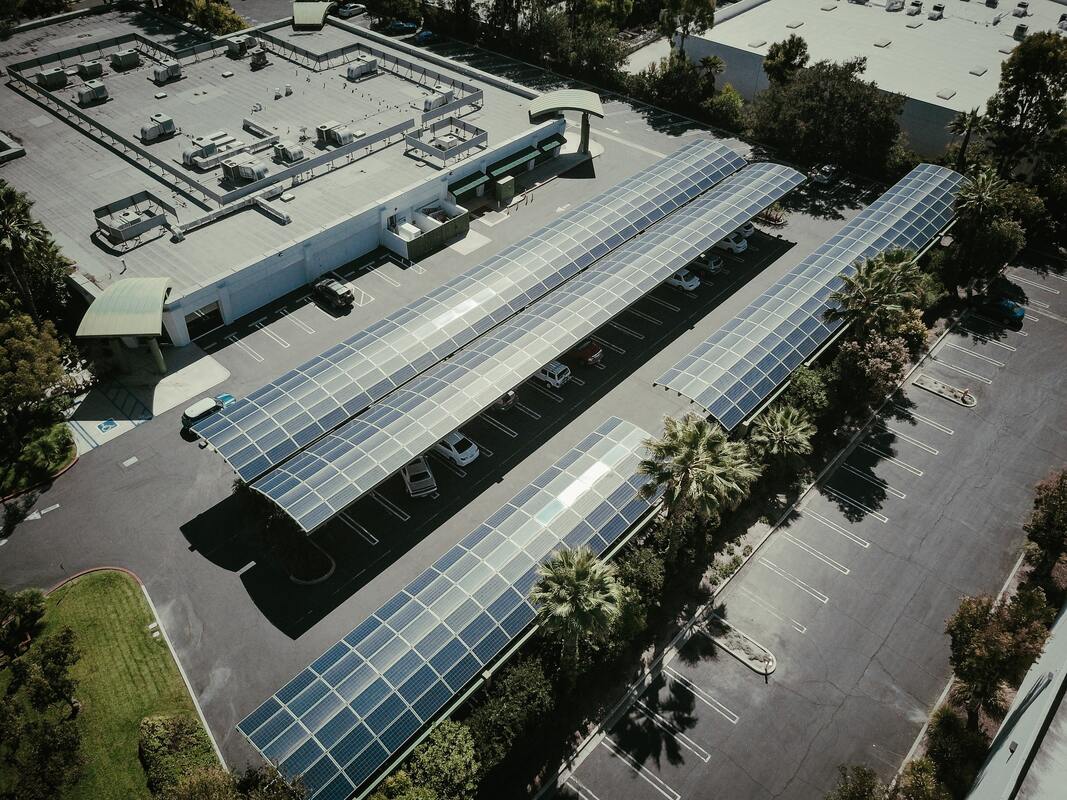The nonprofit Alameda Flying Club has been running continuously in the San Francisco Bay Area's Hayward Executive Airport since 1946. The club is a fantastic place to explore one's passion for flying and a great resource for learning about aviation, according to testimonials from members.
The Alameda Flying Club, founded out of a passion for aviation, possesses a 1976 Cessna 172M. Members use the plan for various missions, such as sightseeing at reasonable rates and with simple scheduling.
The club views the community as important because it attributes its success to the continued volunteer support of its members. It hosts community engagements like barbecues, monthly meetings, and wash days to promote togetherness.
Members of the Alameda Flying Club have the opportunity to learn more about airplanes and aviation in general because of the club's strong commitment to education. Under the expert supervision of the club's in-house A and P mechanic, club members maintain the club's aircraft, allowing them to learn better.










 RSS Feed
RSS Feed
